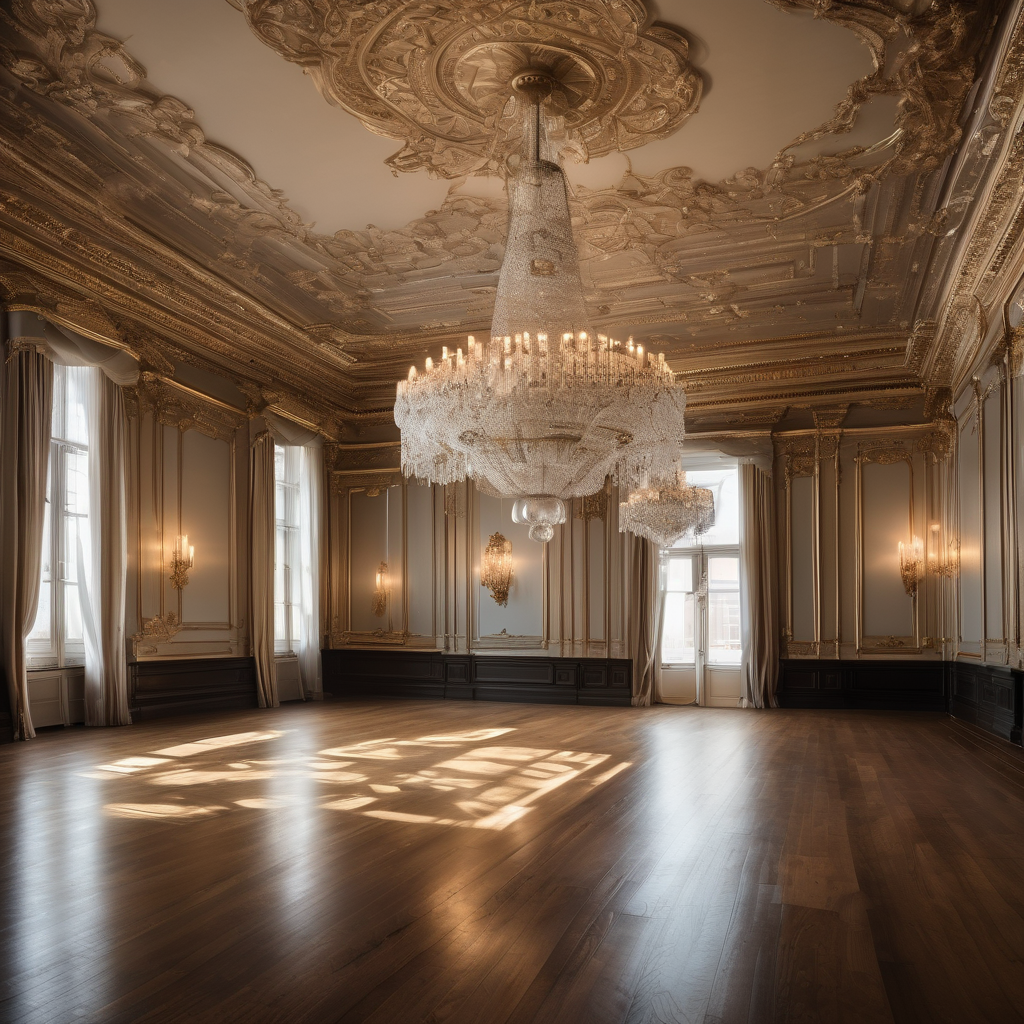President Donald Trump has recently expressed enthusiasm over the construction of a new ballroom at the White House, boasting about the absence of bureaucratic hurdles that often plague his real estate ventures in New York. He remarked on the ease of beginning this project, revealing that he was told he had “zero zoning conditions” as President. Trump’s comments illustrated his surprise at having the freedom to act swiftly regarding a significant renovation in the iconic residence.
However, the demolition of parts of the existing East Wing to make way for the new facility has sparked considerable backlash. Critics, including architectural and preservation groups, have expressed alarm over the scope of the construction, contrasting it with earlier assurances from Trump that it would not involve tearing down existing structures. Initial statements from both Trump and White House press secretary Karoline Leavitt indicated that the project would not disrupt the current building, yet it appears the demolition is more extensive than previously communicated.
In response to the growing uproar, the Treasury Department, which is adjacent to the East Wing, has advised its employees not to share images of the ongoing demolition, citing the need to protect sensitive information. Meanwhile, the administration has labeled the reactions to the demolition as “manufactured outrage” while attempting to manage the narrative through social media and an extensive blog detailing previous renovations at the White House.
The realm of public consultation regarding the project has raised concerns. Organizations like the National Trust for Historic Preservation and the Society of Architectural Historians have vocalized their concerns about the lack of public review in the process and have called for a more rigorous and transparent approach. They emphasize that significant renovations, like the proposed ballroom, should involve thorough oversight to protect the historical integrity of the White House.
Trump has indicated that the $200 million ballroom will be funded through private donations, although the administration has not yet released a comprehensive list of contributors. The American Institute of Architects has also weighed in, contending that the project should adhere to a preservation-first approach that is accountable to the public.
Past presidential renovations have typically been less drastic and more focused on minor enhancements rather than major structural changes. For instance, historical projects at the White House have included landscaping or refurbishing who interiors, none of which have matched the scale of the current ballroom project. Furthermore, the ballroom, described as potentially accommodating up to 1,000 guests, risks overshadowing the existing main structure, which is only 55,000 square feet.
As the construction progresses amidst mounting scrutiny, the situation highlights the various challenges and complexities of undertaking significant renovations at a site steeped in history. Despite the tensions, the endeavor to create a grand ballroom could also signal a new chapter for public gatherings at the White House, aiming to enhance its functionality and ceremonial role in a contemporary context.
